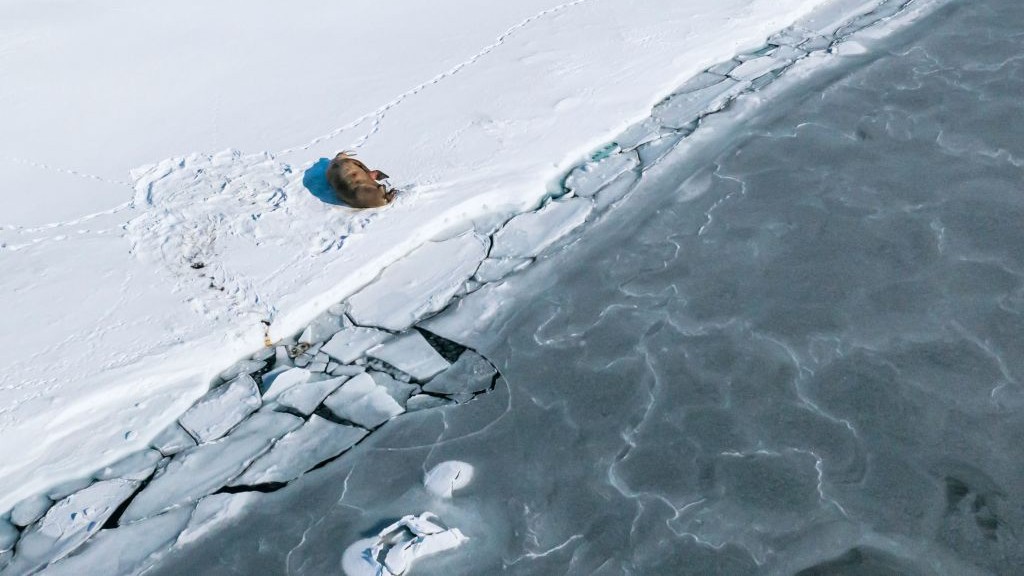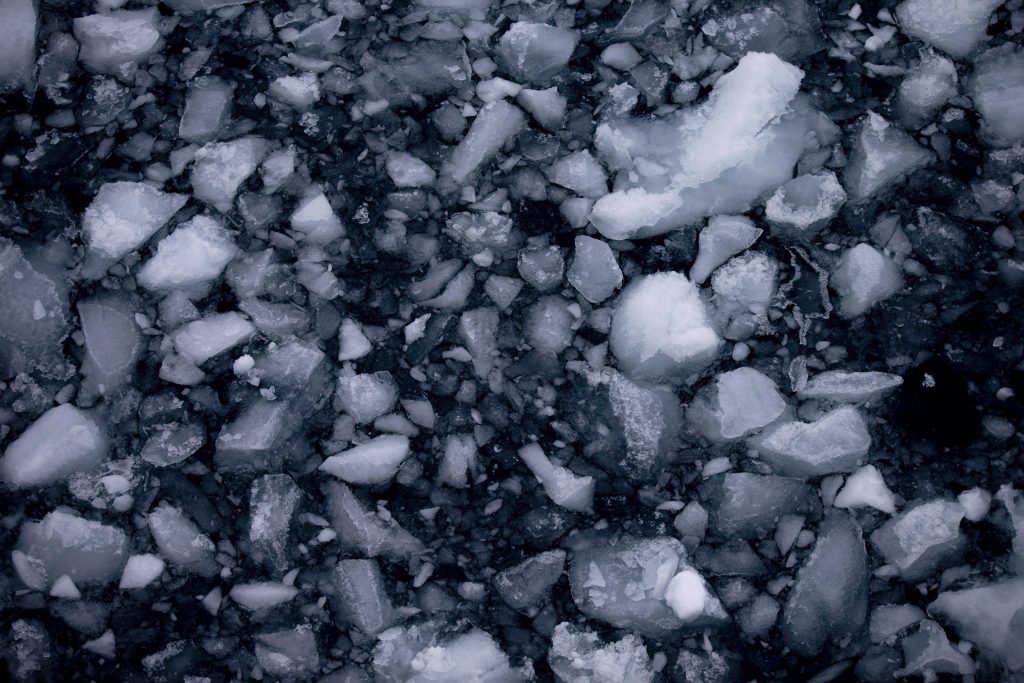Global sea ice hits all-time February minimum, with Arctic, Antarctic declines

Sea-ice extent reached a stark new record in February, reaching its all-time minimum extent for the month, with the Arctic and Antarctic seeing significant declines.
In its monthly climate bulletin, the Copernicus Climate Change Service (C3S), a European Union agency that provides climate data and analysis, recorded that the Arctic saw its ice levels eight per cent below the average for February, while at the South Pole, the Antarctic ice shrank by 26 per cent.
For Antarctica, this marked the fourth-lowest extent since satellite records began in 1978.
“February 2025 continues the streak of record or near-record temperatures observed throughout the last two years, Samantha Burgess, Strategic Lead for Climate at ECMWF said in a statement.
“One of the consequences of a warmer world is melting sea ice, and the record or near-record low sea ice cover at both poles has pushed global sea ice cover to an all-time minimum.”
Arctic ice, record heat
The bulletin attributes the warm boreal winter temperatures this season as the driving force behind the sea ice decline at the poles.
Overall, the boreal winter, a period that stretches from December 2024 to February 2025, logged the second-highest recorded temperatures ever at 0.71 C above the 1991-2020 average, and 1.59 C above pre-industrial levels.
As for temperatures, February 2025 was the third-warmest February ever, after 2024 and 2016.

Although sea ice typically expands toward its annual peak in March, it took a dramatic dive in January, losing 0.3 million km²—about the size of Italy—in less than a week, said Copernicus.
“Such a rapid decrease is unusual at this time of year, when sea ice is typically expanding towards its annual maximum,” the agency said pointing to the unusually warm weather in the Greenland Sea and Svalbard region as a major cause of the rapid melting.
Global weather, temperature swings
Outside of the poles, many regions faced weather swings.
Southern Europe, parts of Turkey, and much of Eastern Europe, experienced drier-than-usual conditions leading to water shortages in some regions.
Meanwhile, northern Europe got hit with heavy rain, causing soil moisture to build up in places like France and Ireland.
Meanwhile, oceans away from poles recorded an average February 2025 temperature of 20.88 C, the second-highest for the month ever recorded.
Comments, tips or story ideas? Contact Eilís at eilis.quinn(at)cbc.ca
Related stories from around the North:
Canada: Study examines physical, social costs of thawing permafrost across Arctic regions, CBC News
Norway: Thawing permafrost melts ground under homes and around Global Seed Vault in Svalbard, The Independent Barents Observer
Russia: Melting permafrost may release industrial pollutants at Arctic sites: study, Eye on the Arctic
United States: 30–50% of critical northern infrastructure could be at high risk by 2050 due to warming, says study, Eye on the Arctic




Global sea ice reached a record low in February 2025, with significant declines observed in both the Arctic and Antarctic regions.